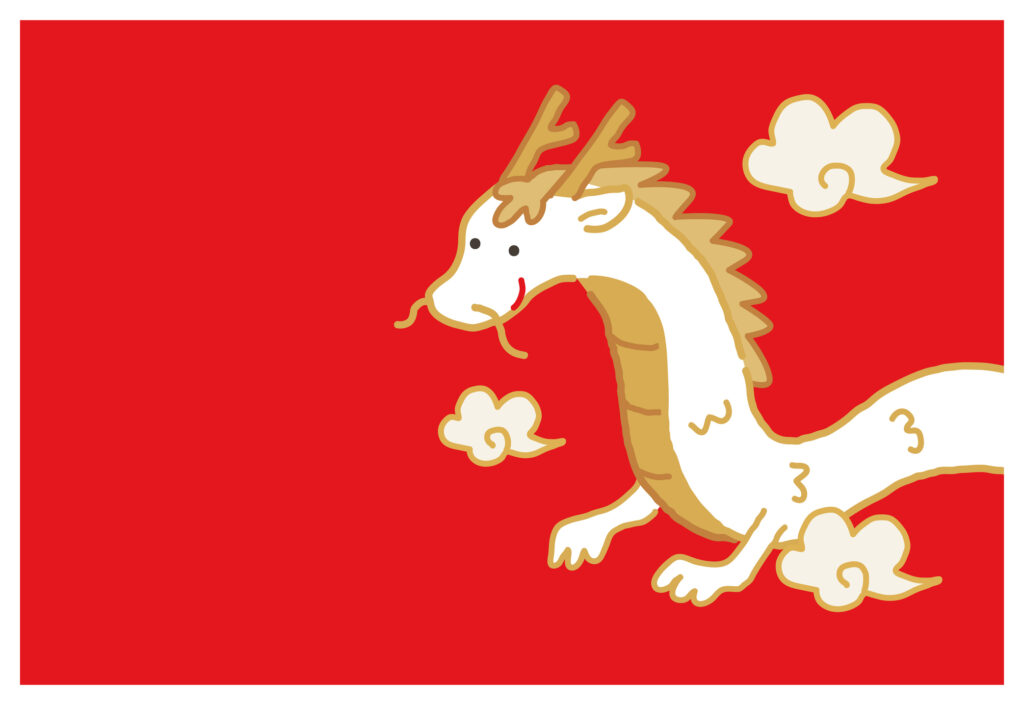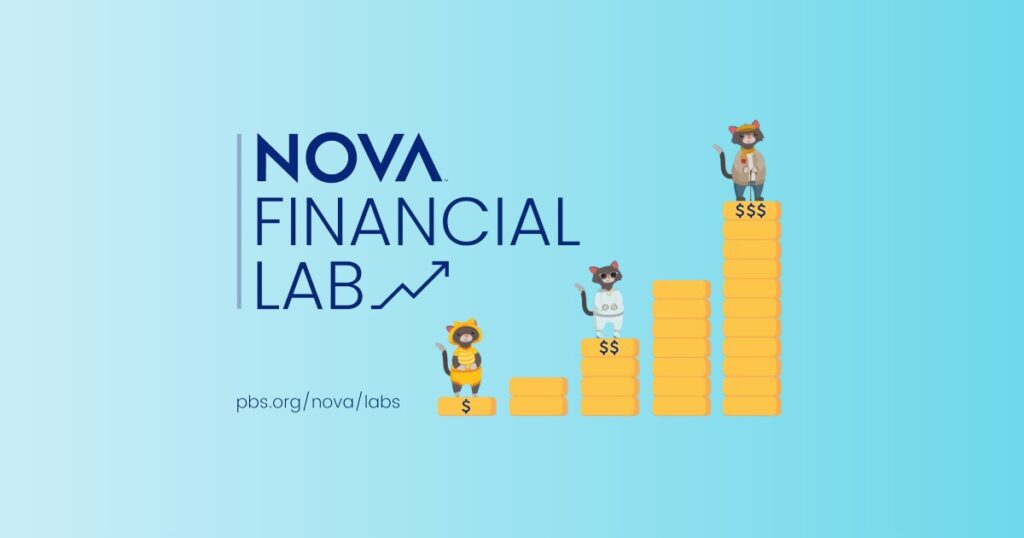
Grades 9-12

Don't have an account yet? Sign up for free
Don't have an account yet? Sign up for free
Students will be able to:

Sam can’t wait to go shopping in Chinatown with his mom. He has his traditional gift of “lucky money” to spend – any way he chooses! But when Sam realizes he doesn’t have enough money to purchase the things he wants, his excitement turns to disappointment. His mother reminds him that he should appreciate his gift, although Sam is not convinced – until he has a surprise encounter with a poor stranger.
Using Sam’s story, students discuss unlimited wants and scarcity and use a decision grid to analyze Sam’s decision.
Sam and the Lucky Money by Karen Chinn. Lee & Low Books, $8.95 (32pp) ISBN 978-1-880000-53-3
Video Reading of Sam and the Lucky Money https://www.youtube.com/watch?v=SYaRom2k-vM First two minutes explain the traditions of New Year in Asian communities. Book starts at about 2:00 mins.
3. Hand out individual copies of the decision grid or display a classroom version. Review the terms costs and benefits with students, reminding them of the definitions which are also on the handout.
A cost-benefit analysis grid is used to answer a “Yes” or “No” question. This grid helps students to decide if Sam should give his Lucky Money to the poor man. Have students list the costs and benefits of this action on the handout or lead a discussion and record student answers on the visual.
4. Debrief the activity using the following questions.
5. Exit Slip – If you were Sam, what would you do with your lucky money? What was your opportunity cost?

Grades 9-12

Grades 9-12

Grades 9-12

Content Partner
Grades 3-5, 6-8
